Increased Focus on Patient-Centric Care
The shift towards patient-centric care is significantly influencing the Anatomical Modelling Market. Healthcare providers are increasingly recognizing the importance of personalized treatment plans that cater to individual patient needs. Anatomical models play a crucial role in this paradigm shift, as they enable healthcare professionals to visualize and understand patient-specific anatomical variations. This understanding can lead to more accurate diagnoses and tailored treatment strategies. Market data suggests that the demand for personalized medical solutions is expected to rise, with a projected increase in the use of anatomical models in clinical settings. As a result, the Anatomical Modelling Market is likely to see a surge in the adoption of these models, as they align with the growing emphasis on patient-centered approaches in healthcare.
Rising Demand for Medical Training Tools
The Anatomical Modelling Market is experiencing a notable increase in demand for advanced medical training tools. As healthcare education evolves, institutions are seeking innovative solutions to enhance the learning experience. Anatomical models provide realistic representations of human anatomy, facilitating better understanding and retention of complex concepts. According to recent data, the market for medical training tools is projected to grow at a compound annual growth rate of approximately 8% over the next five years. This growth is driven by the need for effective training methodologies that can improve clinical skills and patient outcomes. Consequently, the Anatomical Modelling Market is positioned to benefit from this trend, as educational institutions invest in high-quality anatomical models to meet the needs of aspiring healthcare professionals.
Technological Innovations in 3D Printing
Technological innovations, particularly in 3D printing, are transforming the Anatomical Modelling Market. The advent of advanced 3D printing technologies allows for the creation of highly detailed and customizable anatomical models. This capability not only enhances the accuracy of representations but also enables the production of models tailored to specific educational or clinical needs. Recent statistics indicate that the 3D printing segment within the anatomical modelling sector is expected to witness substantial growth, with an annual increase of around 15% over the next few years. This trend is driven by the increasing demand for bespoke anatomical models that can be used in surgical planning, medical education, and patient communication. Thus, the Anatomical Modelling Market stands to gain significantly from these technological advancements.
Growing Investment in Healthcare Infrastructure
The Anatomical Modelling Market is poised to benefit from the growing investment in healthcare infrastructure across various regions. Governments and private entities are increasingly allocating funds to enhance healthcare facilities, which includes the procurement of advanced medical training tools. This investment is crucial for improving healthcare delivery and ensuring that medical professionals are well-equipped with the necessary skills. Recent reports indicate that healthcare spending is expected to rise, with a focus on upgrading educational resources and training methodologies. As a result, the demand for anatomical models is likely to increase, as educational institutions and healthcare providers seek to incorporate these tools into their training programs. The Anatomical Modelling Market is thus positioned to capitalize on this trend, as it aligns with the broader goals of enhancing healthcare quality.
Expansion of Research and Development Activities
The expansion of research and development activities within the medical field is significantly impacting the Anatomical Modelling Market. As researchers strive to innovate and improve medical practices, the need for accurate anatomical representations becomes paramount. Anatomical models serve as essential tools in research, allowing for the exploration of complex biological systems and the development of new treatment methodologies. Data suggests that R&D spending in the healthcare sector is on the rise, with a particular emphasis on anatomical research. This trend is likely to drive demand for high-quality anatomical models, as researchers require precise and reliable representations for their studies. Consequently, the Anatomical Modelling Market is expected to experience growth as it supports the ongoing advancements in medical research and development.


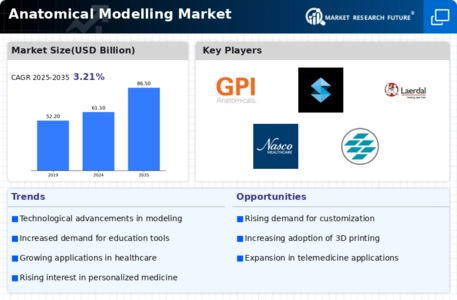
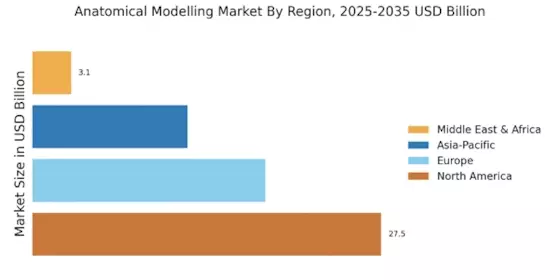
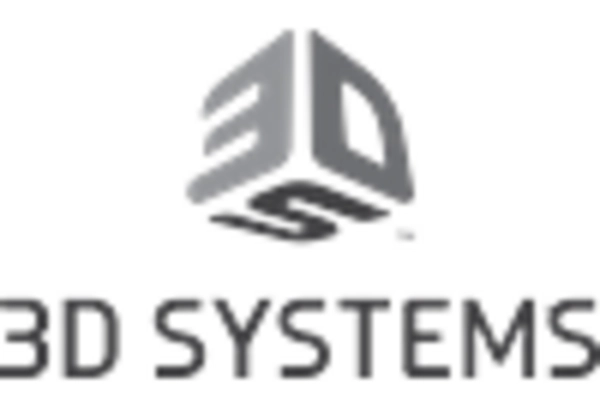
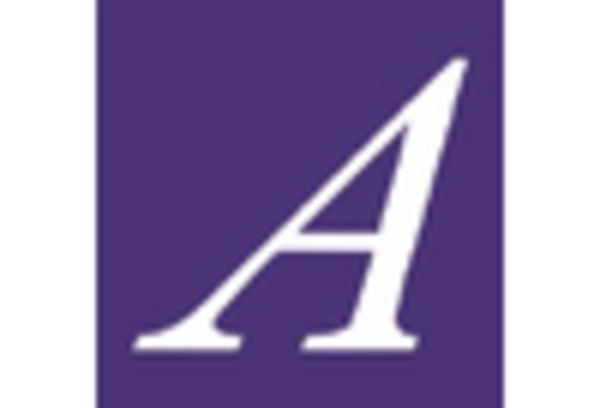
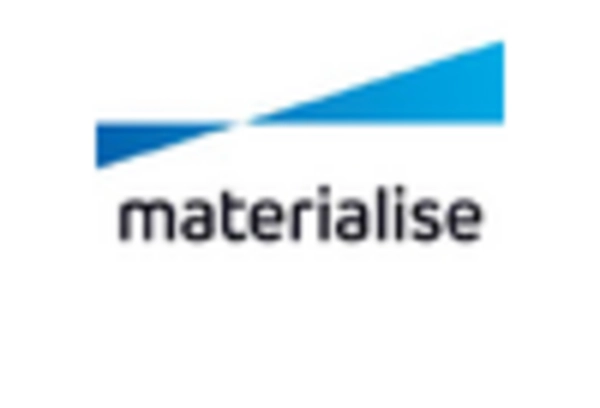

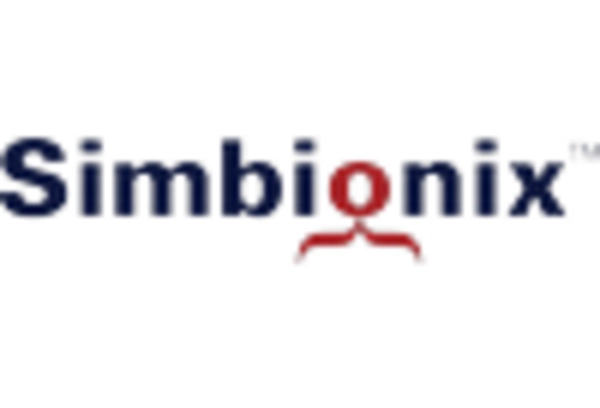
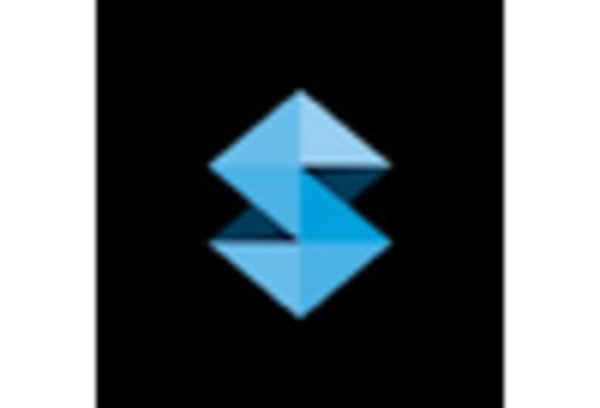








Leave a Comment